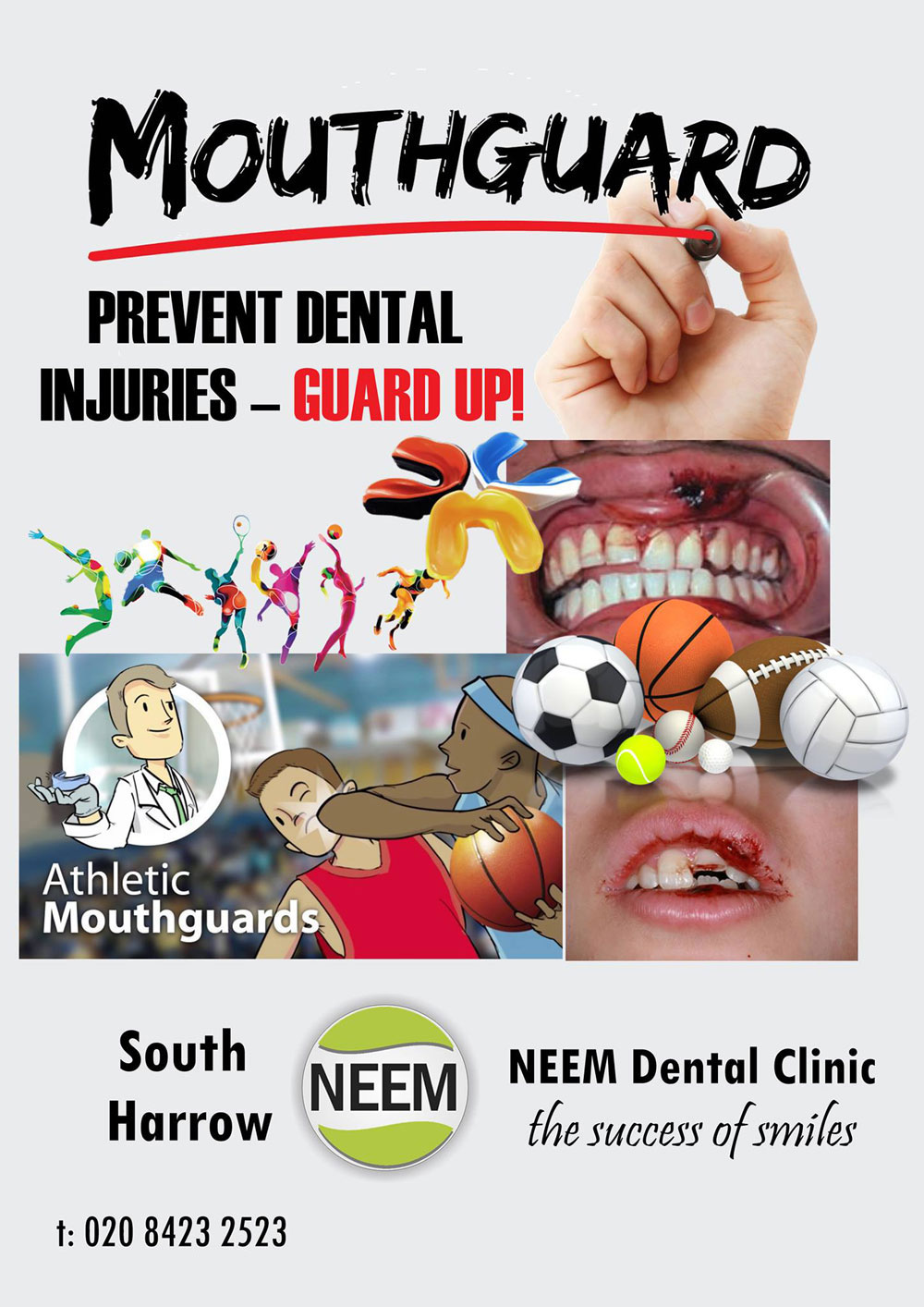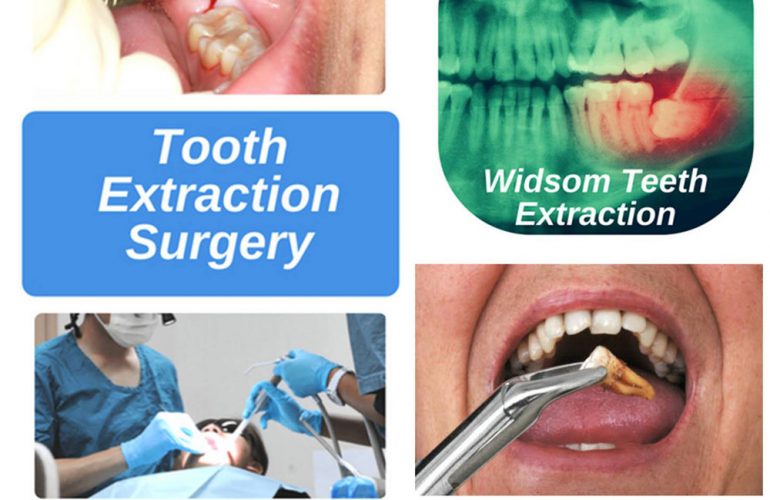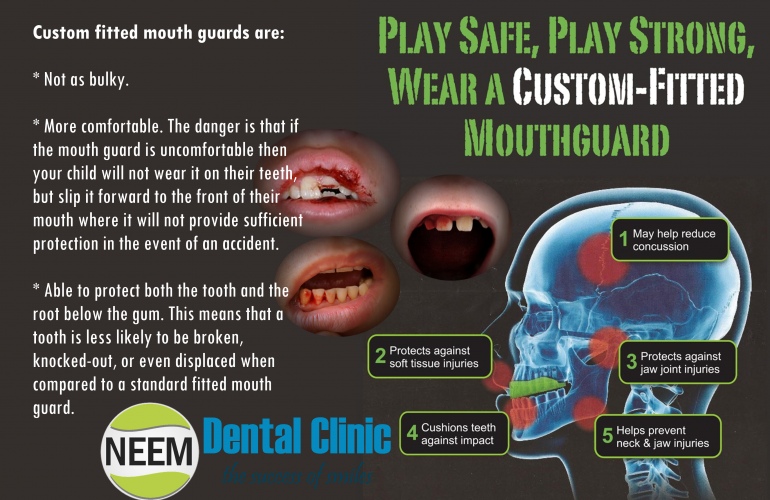It’s not uncommon for a tooth to be knocked out because of an accident, fight, sports injury, or rough play. A hard blow to the tooth often can be enough to dislodge it or shear it off. This happens to as many as three million annually. Failing to take immediate action can result in the loss of the tooth.
Immediate Care for a Knocked-Out Tooth
If dealt with promptly and calmly, a dislodged permanent tooth, in most cases, can be successfully reattached and retained for life. Primary teeth, however, can rarely be saved, and replanting them may damage the underlying tooth bud. Contact your dentist for advice.)
If a tooth gets knocked out, follow the instructions below, call your dentist, and get to his or her office as soon as you can. Research shows that tooth survival rate is highest if the tooth is re-implanted by a dentist within 1 hour.
Accomplishing this may not sound difficult, but don’t underestimate the trauma of the situation: blood, pain, and confusion may delay you. Try to remain calm and rational—saving a tooth is definitely worth the effort. Even if more than the ideal amount of time elapses, take the tooth to the dentist anyway and let him/her decide what to do.
In the meantime, follow this step-by-step procedure for saving a tooth that’s been knocked out.
After finding the tooth, pick it up—avoid touching the root of the tooth and place it into an emergency tooth preserving system, if available. Follow directions on the kit carefully.
If an emergency tooth preservation kit is not available,
Rinse the tooth gently in tepid tap water, holding it by the crown (nonroot) surface. Don’t scrub the tooth—this could injure the surface root tissue needed for successful replantation.
Try to insert the tooth. Call the dentist to inform him of your imminent visit. Unless he tells you not to, gently insert the tooth in the socket. To seat the tooth properly, bite down firmly on a clean handkerchief or piece of cloth for at least five minutes; keep biting down with moderate pressure until you get to the dentist’s office.
Keep the tooth moist. If reinsertion at the scene of the accident isn’t possible, place the tooth, bathed in saliva, under your tongue or inside your cheek until you get to the dentist’s office. If a child is so young that he or she may swallow the tooth, transport it in a plastic cup or bag filled with milk or tap water and a pinch of salt.
Your dentist will assess the situation and readjust the tooth in the socket. The tooth will then be fastened with wire or bonding material.
It may take up to eight weeks to determine whether the tooth will reattach itself. Once the tooth does reattach, a root canal procedure may be in order because the nerve often dies as a result of the trauma.




